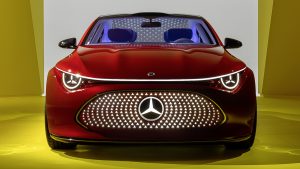You know how most automakers specialize at some market segments? These are unusual cars because they were their opportunity to step out of the comfort zone
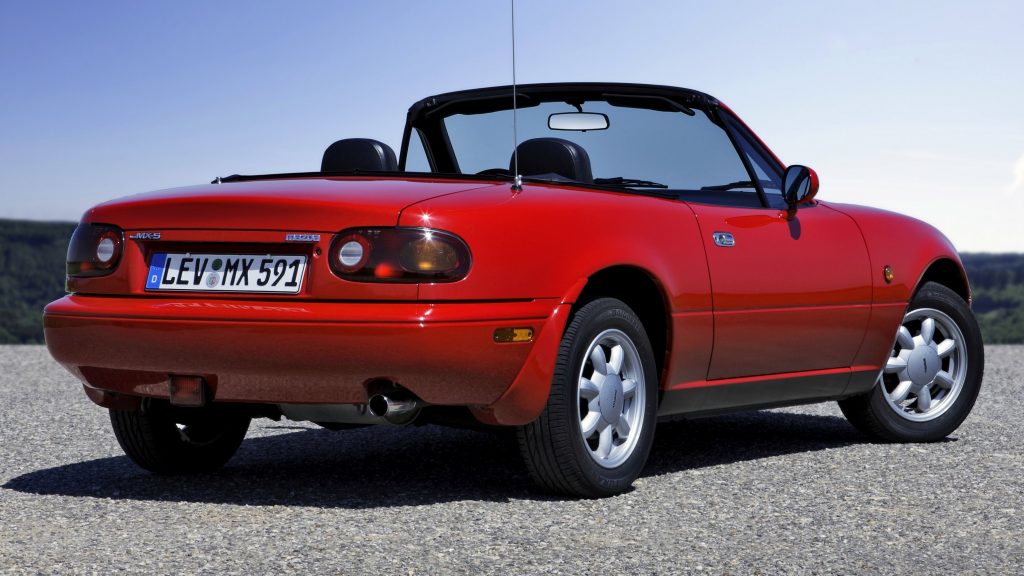
Selling cars is tough. We tend to think that having a good product is what matters the most, but time has proven that not really true. Globalization has made hundreds of automakers available almost everywhere, so standing out has become increasingly difficult. That is why most automakers have chosen to focus on specific market segments. Whenever they want to try new ones, they create a separate brand for that.
While that strategy is solid and has effectively brought success in many cases, selling cars is still tough. At some point, it can be interesting to think outside the box. In this article, we are going to cover some pros and cons of that strategy as well as bring you some examples. Not the successful ones because everyone knows them – we are going to mention ten car models which you probably never knew existed. Enjoy!
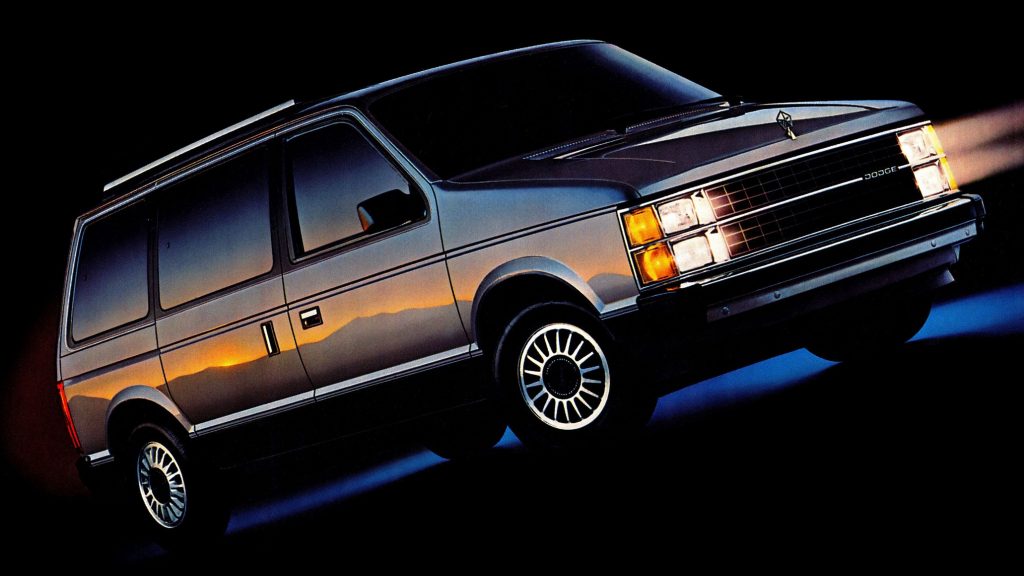
Why do automakers specialize?
This is a case of “divide and conquer”. People who buy entry-level cars are different from those who drive luxury models. They have different lifestyles, and they use cars for different reasons, so they have different priorities when choosing them. Any company would love to have buyers from all segments, of course. But the truth is that they can compete in some at the expense of others. That is why they end up selecting.
Sometimes, they get greedy enough to try leaving that comfort zone. Experience has shown that the best way to do that is by using a separate brand. It is like what Toyota did in the late 1980s when it created the Lexus brand, for example. In short, that action gives the parent company a “new face”: that brand comes with exclusive cars, dealers, and image. It requires a high investment but has good chances of success.
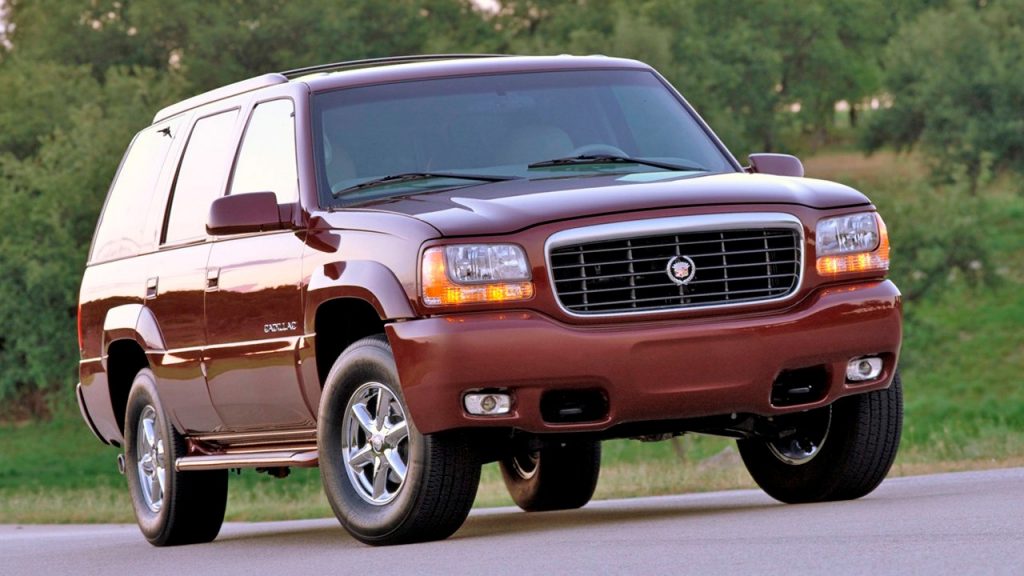
When are unusual cars useful?
We have to keep in mind that these cars are risky ventures. In many cases, carmakers go ahead with them anyway as test beds; they collect experience with new technologies that will appear in regular cars in the future. There are also cases when the company wants a halo car, a model focused on improving its image rather than selling millions. In fact, we have a specific article about the latter, which you can read here.
Last, but not least, there are times when the carmaker simply wants to try their chances. Creating a whole new brand is the safest way but it comes at a cost that not all of them can (or wants to) afford. As a result, some of them decide to build that unusual car within its own brand and see what happens. That path has led to success in some cases, sure. But models like the ones presented below are much more common.
Aston Martin Cygnet

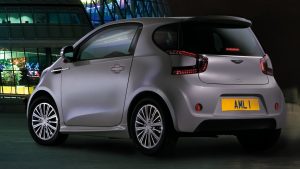
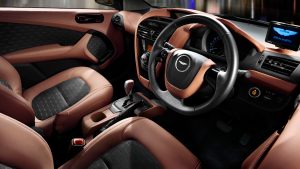

Catering to the audience’s lifestyle, not only their specific product demand, is a typical goal among luxury companies. Parallel to all that, Aston Martin only produced supercars with big engines in the 2010s, so it needed help to comply with European regulations of fleet emissions. It derived the Cygnet from the iQ, a brand-new Toyota project. The microcar first went on sale as the iQ in 2008, then as the Cygnet in 2011.
In practice, however, you would get an iQ with Aston-inspired front end, fancier materials inside, and the very same 97-hp Toyota engine. Oh, and for the price of three iQs. At first, Aston Martin would prioritize its existing owners, but quickly changed its mind in face of the car’s sales. Projections aimed at 4,000 units a year, but the car never went above 300 in total. Aston Martin has not offered unusual cars ever since.
Audi A2
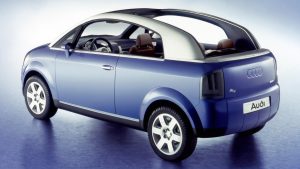
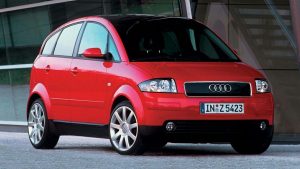


Compared to its archenemies, Audi has stood out for its occasional quirks. While those two were dipping their toes in the compact segment in the turn of the century, Audi released a new car below the A3. Now, it was meant to be small, not necessarily cheap. The aluminum body and notchback shape helped it reach low weight and, as a result, low fuel consumption. It would bring Audi qualities to a new type of buyer.
The press would rave about its technical qualities, but the public could not see them. To them, the A2 was closer to a VW Polo with weird design and high price than to typical Audi cars. The company could not do much because its unique construction had many exclusive parts; it was an investment to repay over years. In the end, the A2 served as a reference in lightweight construction more than a small car with high sales.
Chrysler Crossfire
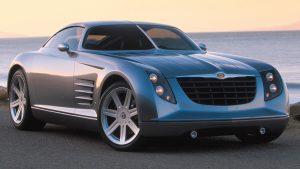
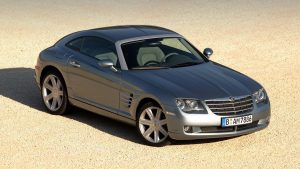
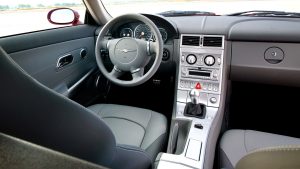
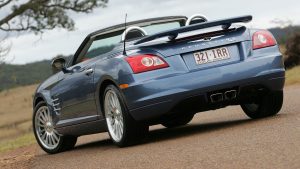
The intention was awesome. Chrysler would get a halo car to strengthen its image of luxury while adding a touch of sportiness. Then-partner Mercedes-Benz would supply the platform while the powertrain was domestic, so the car would be refined without being inaccessible. Besides, the design drew compliments from everyone at the press: it was beautiful and used almost everything from the initial concept version.
The execution, though, was terrible. The platform came from the outgoing Mercedes-Benz SLK. Its 3.2L V6 engine was not on par with its image even at the supercharged version. Having the body built in Germany by Karmann drove up production costs. And the Crossfire ended up being a Chrysler car with an identity crisis. The company withdrew it at four years, in 2008, after around 76,000 units of coupé and roadster.
Citroën C3 Pluriel
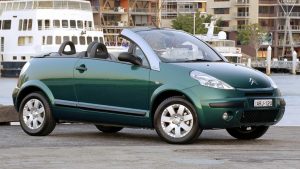
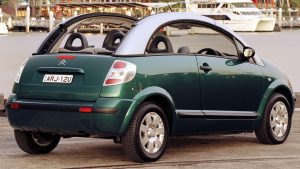


Unusual cars were common in the early 2000s. The turn of the century made people want everything new, and automakers wanted to move away from the design identity of the previous decade. Since the regular C3 was selling well, even in Latin America, Citroën decided to give it an emotional counterpart. The Pluriel was a two-door model whose roof and pillars could be removed to form up to four different settings.
Sadly, the car had flaws that went beyond the design of questionable taste. Two doors were not practical for a hatchback; those thick pillars made large blind spots; there was no real cargo capacity as a pick-up; and the roof would let water inside. The small price premium and the list of powertrain options made it a little more useful, but that was not enough to overcome its weaknesses. The car went out of sale in 2010.
Fiat X1/9


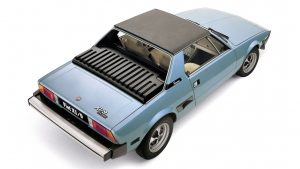
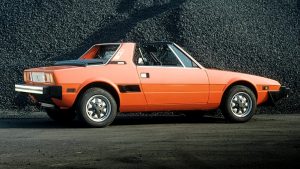
The fact that Fiat specializes at superminis does not mean it has not had its share of unusual cars. One of them went all the way: the X1/9 had Bertone design, pop-up headlights, mid-mounted engine, and rear-wheel drive. Oh, and it was the first Fiat car designed according to US specs from scratch. The design took full advantage of the Italian wedge trend of the era, reminding of Lamborghini, Maserati and Lancia cars.
The car sold quite well for the standards of its segment. However, most units went to the USA, where Fiat was having problems. The plot twist is that, in 1982, instead of ending the car’s production, Fiat simply let Bertone keep it. The car lived on as Bertone X1/9 for seven more years and received important upgrades like refreshed design, better body kit, and leather upholstery. The roadster sold a total of 160,000 units.
Kia Elan
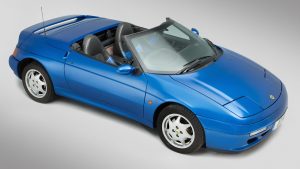
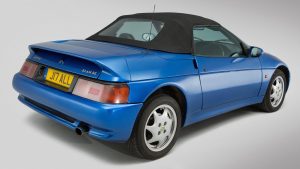
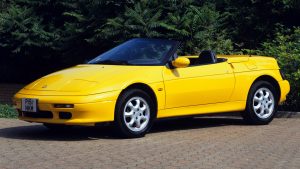

In the 1980s, Lotus had a long-lasting plan of building a compact roadster. Since the British company had limited resources, the plan would only come to fruition after GM’s takeover in 1986. The Elan had modern design, lightweight construction, and an Isuzu engine. And great handling, despite the front-wheel drive. But why are we talking about Lotus? Because once it gave up in 1995, Kia bought the rights to the car.
The Elan represented a quick and easy solution to Kia’s wish to enter the sports car market. It would only change some cosmetic details and replace its engine. However, the car kept its strong suits while its main weakness got more serious. The new Kia engine made its performance worse, especially compared to the Mazda MX-5 Miata’s. In the end, Kia’s unusual car sold barely over a thousand units over four years.
Lamborghini LM002

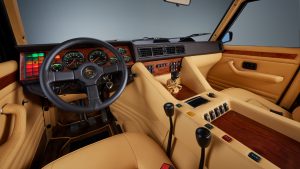


In the 1970s, the Italian automaker ventured into military projects. However, the Cheetah and the LM001 failed to attract the interest of their prospective buyers (oil industry and the US military). The main defect was the engine, a North American V8 placed on the rear. Lamborghini eventually developed a new model, the LM002, and placed the Countach’s V12 on the front. And it gave it unprecedented levels of luxury.
Nickamed Rambo Lambo, the Italian unusual car had full leather trim, premium stereo, and custom-made Pirelli tires. You could even replace that 5.2L engine with a 7.2L of marine use. The LM002’s rugged build made it capable of withstanding severe driving conditions, which made it a success. However, the maker chose not to give it a direct successor. It had a one-off SW version commissioned by the Sultan of Brunei.
Lincoln Blackwood

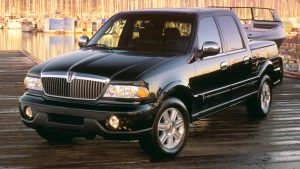
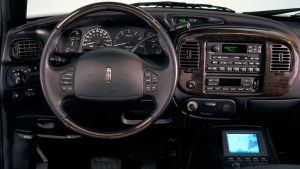

The conceptual version was a riot. It was based on the Navigator, a full-size SUV which was Lincoln’s latest best-seller. It added a pickup bed, but it would not be just a fancier Ford F-150: that bed had LED lighting and an enclosed layer of African wenge wood. Sadly, only the style reached production: Lincoln replaced that wood with composite panels. But it was still supposed to join the best of SUVs, sedans and pickups.
This unusual car ended up suffering from the same problem as the C3 Pluriel above: trying many things at once and failing at all. The bed was smaller and less durable than a regular one; the pickup cabin was too short; and the cabin was only a nicer trim away from the F-150’s. Everything for a sizable price premium. The Blackwood flopped so badly that it was phased out after its first year, with a total of only 3,356 units.
Plymouth Prowler
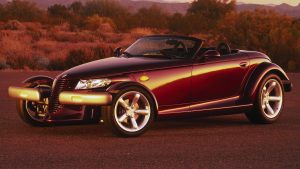
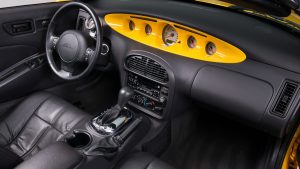

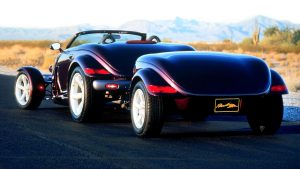
Chrysler’s design work was on a roll in the 1990s. The LH cars were a revolution among sedans, the trio of minivans took versatility to a new level, and the high-performance field was ablaze with the Viper. Design director Thomas Gale approved a new project with hot rod design: the Plymouth Prowler was inspired in USA cars of the 1930s. But it also had great modern-day touches like massive use of aluminum panels.
Though the design was show-stopping, the unusual car had many comfort items that made it appropriate for daily driving. However, the use of corporate V6 engines made its performance weaker than expected for an image car. The Prowler managed to outlive its brand, being sold as a Chrysler from 2001, and sold a total of 11,702 units over five years. It had an optional luggage trailer that replicated its rear design.
Volkswagen Phaeton

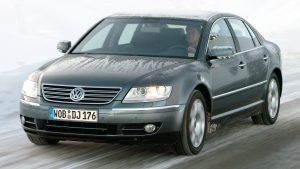


Yet another unusual car of the turn of the century. Chairman Ferdinand Piëch wanted to respond to BMW and Mercedes-Benz for entering the compact segment. He ordered the Phaeton’s design with a series of parameters that would make it competitive against the likes of 7 Series and S-Class. The new sedan would be a comfort-oriented counterpart to the Audi A8 and would move the VW brand upwards in the market.
As you can imagine, not many people wanted to pay the same of those cars and take the same brand of a Polo. The car’s high production cost made it weak against both that category and the midsize luxury one. VW sold it through several years doing nothing but small updates here and there. It even built an all-new generation, which reached the prototype phase, but it eventually decided to give up on that venture.
You may also like
If you like our Top 10 series of articles, here’s another one. We have also written about ten interesting editions of the Honda Civic, an iconic urban car which is now at its eleventh generation.
Danillo Almeida has explored his passion for cars in two distinct ways. The first one is his graduation course in Mechanical Engineering, which will hopefully lead to a job position in the field. The other one is expressing his knowledge and opinions on the matter through writing. Almeida has already contributed to blogs, stores, and websites in general writing automotive content in many formats.


